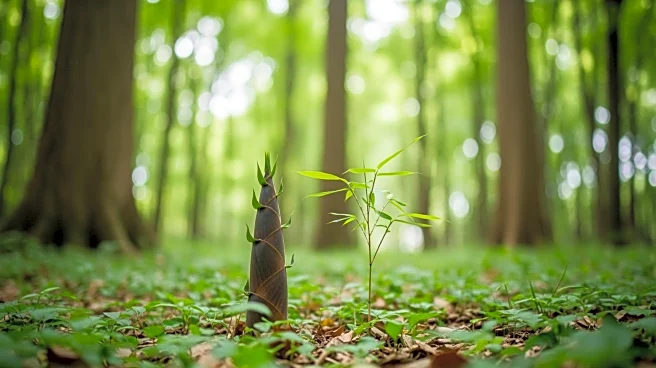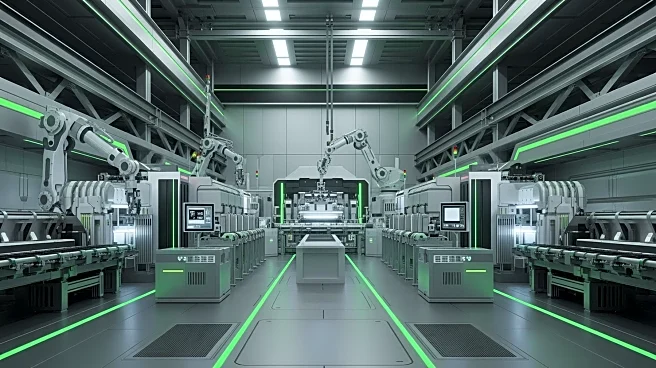What's Happening?
A study by North Carolina State University has found that bamboo tissue paper, often marketed as an eco-friendly alternative, may have a larger environmental footprint than traditional wood-based tissue.
The research compared bamboo tissue produced in China with wood-based tissue from North America, revealing that the heavy reliance on coal in China's power grid increases emissions during production. While bamboo itself does not generate more greenhouse gases than wood, the energy sources used in its production are crucial. The study highlights that the technology and energy sources used in manufacturing have a greater impact on emissions than the type of fiber.
Why It's Important?
This study challenges the perception of bamboo tissue as a sustainable product, emphasizing the importance of considering the entire production process when evaluating environmental impact. Consumers seeking eco-friendly products may need to reassess their choices based on this new information. The findings also underscore the need for cleaner energy sources in manufacturing to truly reduce emissions. This could influence policy decisions and encourage companies to invest in sustainable production technologies, potentially leading to broader environmental benefits.
Beyond the Headlines
The study suggests that the sustainability of bamboo tissue could improve if produced in regions with cleaner energy grids. This highlights the potential for international collaboration in developing sustainable manufacturing practices. Additionally, the research may prompt further investigation into other 'green' products, ensuring that environmental claims are backed by comprehensive life cycle assessments.












